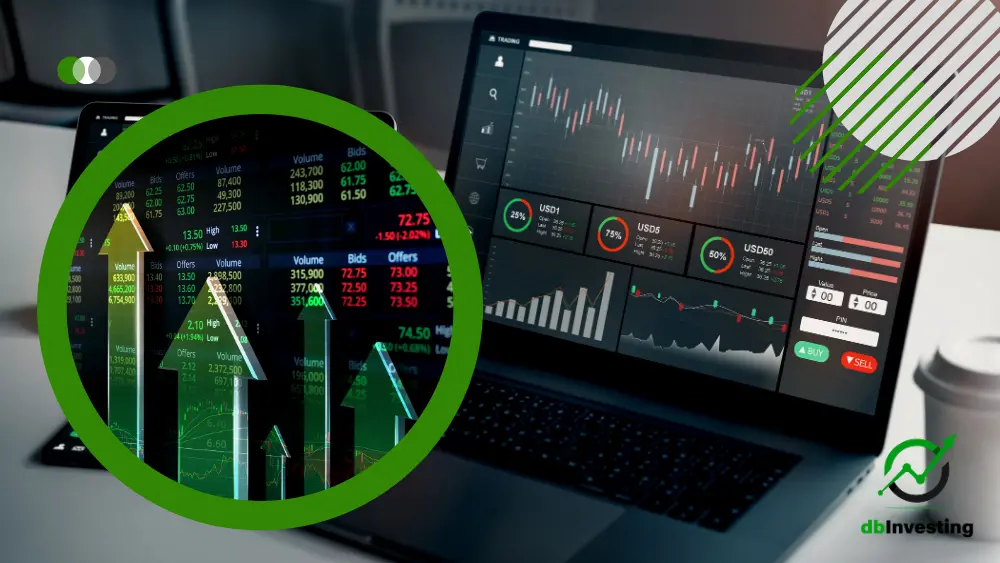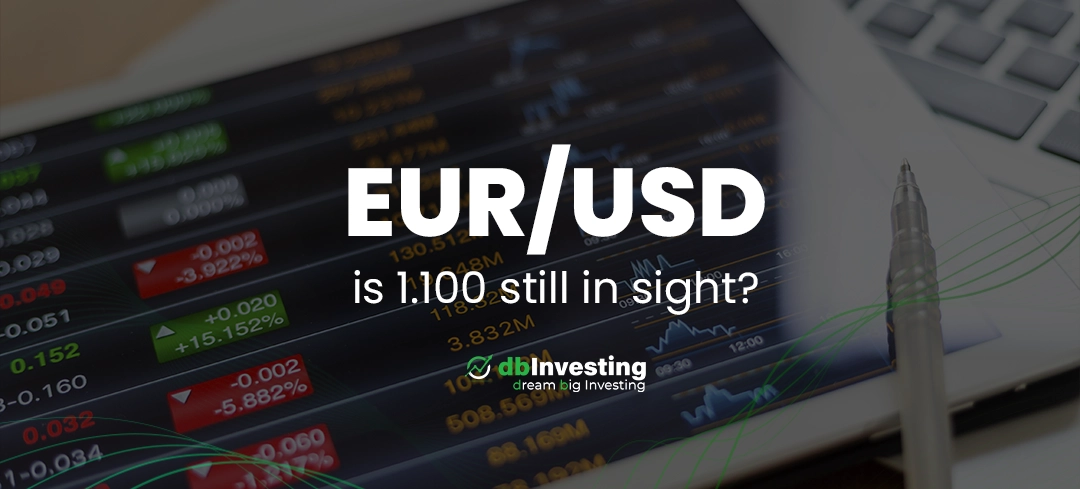What is Leverage
Leverage refers to the ability to control a large amount of money using a relatively small amount of capital. This is achieved by borrowing money from a broker and using it to increase the size of a trade. Leverage can be a powerful tool in trading, allowing traders to magnify their gains while also increasing risk.
Financial Leverage Formula
The financial leverage formula is used to calculate the effect of leverage on a trader’s return on investment (ROI). The formula is as follows:
Leverage = Total Value of a Trade / Amount of Capital Used to Fund the Trade
By using leverage, traders can increase their ROI by magnifying the effect of any price movements in their favor. However, it’s important to note that leverage also increases the risk of a trade, as traders are effectively borrowing money to fund the trade.
At DB Investing you can trade with leverage up to 1:500.

Leverage Ratio
The leverage ratio is a measure of the amount of leverage used in a trade. It is calculated by dividing the total value of a trade by the amount of capital used to fund the trade.
A high leverage ratio means that a trader is using a large amount of leverage to control a large amount of money, while a low leverage ratio means that a trader is using less leverage and has less risk.
Leverage in Trading
Leverage can be a valuable tool for traders, as it allows them to control a large amount of money using a relatively small amount of capital. This can magnify their gains, but it also increases their risk.
In trading, leverage is typically provided by a broker and can range from 1:1 to 1:500. This means that a trader could control up to 500 times their capital in a trade, magnifying their potential gains, but also increasing their risk.

The Risks and Benefits of Using Leverage in Trading
While leverage can be a powerful tool in trading, it also comes with a number of risks and benefits.
Benefits of Using Leverage in Trading
- Increased Potential for Gains: By using leverage, traders can magnify their gains, increasing their ROI.
- Ability to Control a Large Amount of Money: Leverage allows traders to control a large amount of money using a relatively small amount of capital.
- Access to Larger Positions: With leverage, traders can access larger positions and take advantage of market movements.
Risks of Using Leverage in Trading
- Increased Risk of Losses: Leverage magnifies both gains and losses, so traders must be prepared for the potential for large losses.
- Forced Liquidation: If a trade moves against a trader, the broker may be forced to liquidate the position to reduce the trader’s risk.
- Risk of Margin Calls: If the value of a trader’s account falls below a certain level, they may receive a margin call from their broker, requiring them to add additional capital to their account.
Leverage should only be used by experienced traders who have a good understanding of the markets and are able to manage their risk effectively. It’s important to have a solid trading plan in place and to always maintain proper risk management techniques, such as setting stop-loss orders and only using a portion of your capital for each trade.
Additionally, it’s crucial to choose a reputable broker that offers low leverage ratios and provides educational resources to help traders understand the risks associated with leverage. Some brokers also offer risk management tools, such as negative balance protection and automatic margin closeout, which can help protect traders from large losses.
When used correctly, leverage can be a valuable tool in trading, allowing traders to increase their potential gains while also managing their risk. However, it’s important to understand that leverage also increases the risk of loss, so it’s crucial to approach leverage with caution and to only use it if you have a solid understanding of the markets and risk management techniques.
In summary, leverage is a powerful tool in trading that allows traders to control a large amount of money using a relatively small amount of capital. It comes with both risks and benefits, and it’s important for traders to understand the risks and to use leverage wisely.
If you’re new to trading, it’s a good idea to start with a low leverage ratio and to gain a solid understanding of the markets and risk management techniques before using leverage.



